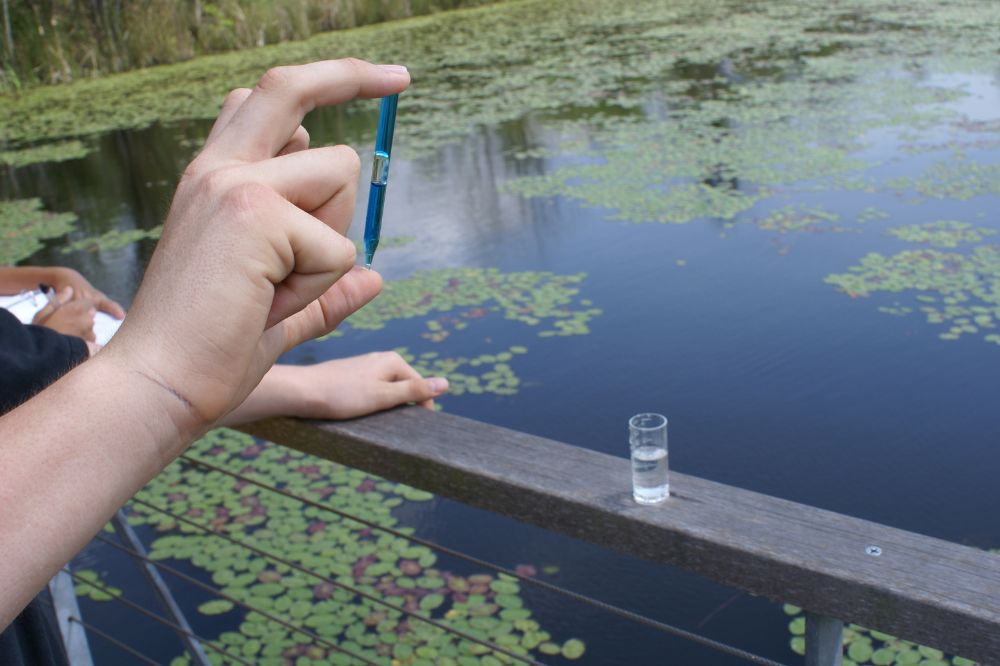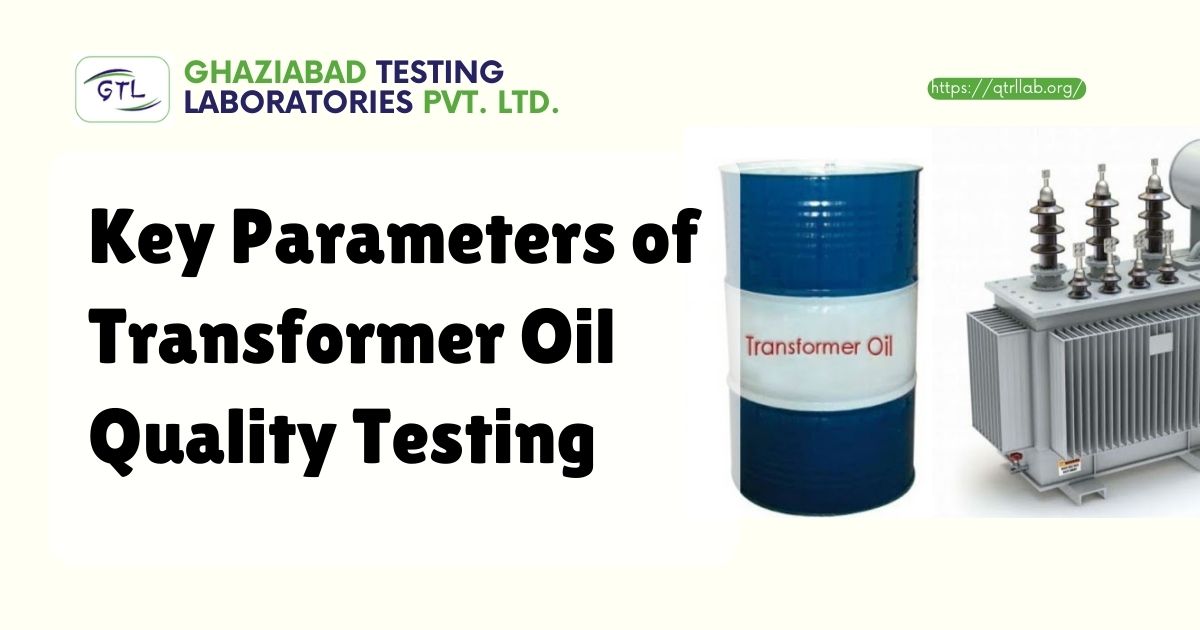Introduction
Electricity plants serve as the backbone of our modern society, powering homes, businesses, and industries. However, the quality of electrical products used within these plants can significantly impact their efficiency, safety, and overall performance. In this article, we delve into the consequences of poor-quality electrical components and explore ways to mitigate these issues.
1. Electrical Efficiency and Poor-Quality Products
Modern waste-to-energy (WtE) plants, which convert waste into electricity, typically achieve electrical efficiencies in the range of 28-35%. However, poor-quality electrical products can undermine this efficiency. Let’s examine some key factors:
- Excess Air Levels: Excess air is necessary for combustion processes in WtE plants. However, maintaining the right balance is critical. In the past, excess air levels exceeded 12% O2, leading to energy inefficiencies. Today, advanced sensor technology allows excess air to be reduced to as little as 2.5% O2, minimizing fan power consumption and maximizing boiler efficiency while maintaining flue gas quality.
- Induced Draft Fans: These fans are vital for maintaining proper airflow. Poor-quality components can increase power consumption, affecting overall plant efficiency. Regular maintenance and state-of-the-art cleaning systems are essential to keep induced draft fans operating optimally.
2. Negative Consequences of Poor Power Quality
Beyond WtE plants, poor power quality affects various sectors. Here are some consequences:
- Decreased Equipment Life: Low-quality electrical products lead to premature wear and tear. Motors, transformers, and other critical components suffer, reducing their lifespan.
- Increased Energy Consumption: Unoptimized power supplies with harmonics, unbalance, and low power factor result in higher electricity bills. Overloaded systems age faster, leading to increased operational expenses.
- Reduced Productivity and Quality: Voltage fluctuations and poor power quality disrupt industrial processes. Malfunctioning equipment affects productivity and product quality.
- Safety and Environmental Hazards: Poor-quality electrical products pose safety risks. Electrical fires, equipment failures, and environmental damage can occur.
3. Mitigating the Impact
To address these issues, consider the following strategies:
- Invest in Quality: Choose reliable electrical products from reputable manufacturers. Prioritize components with proven track records.
- Regular Maintenance: Implement routine inspections, cleaning, and preventive maintenance. Keep electrical systems clean and free from debris.
- Power Factor Correction: Optimize power factor to reduce energy losses. Capacitors can help improve power quality.
- Harmonic Filters: Install filters to mitigate harmonics and voltage fluctuations.
Conclusion
The impact of poor-quality electrical products in electricity plants is far-reaching. By prioritizing quality testing, and smart investments, we can enhance efficiency, safety, and sustainability in our power generation systems.
Remember, the quality of electrical products matters—whether you’re powering a city or a small community. Let’s strive for excellence and reliability in our electrical infrastructure.
: Waste-to-energy plants: Key issues that impact electrical efficiency















